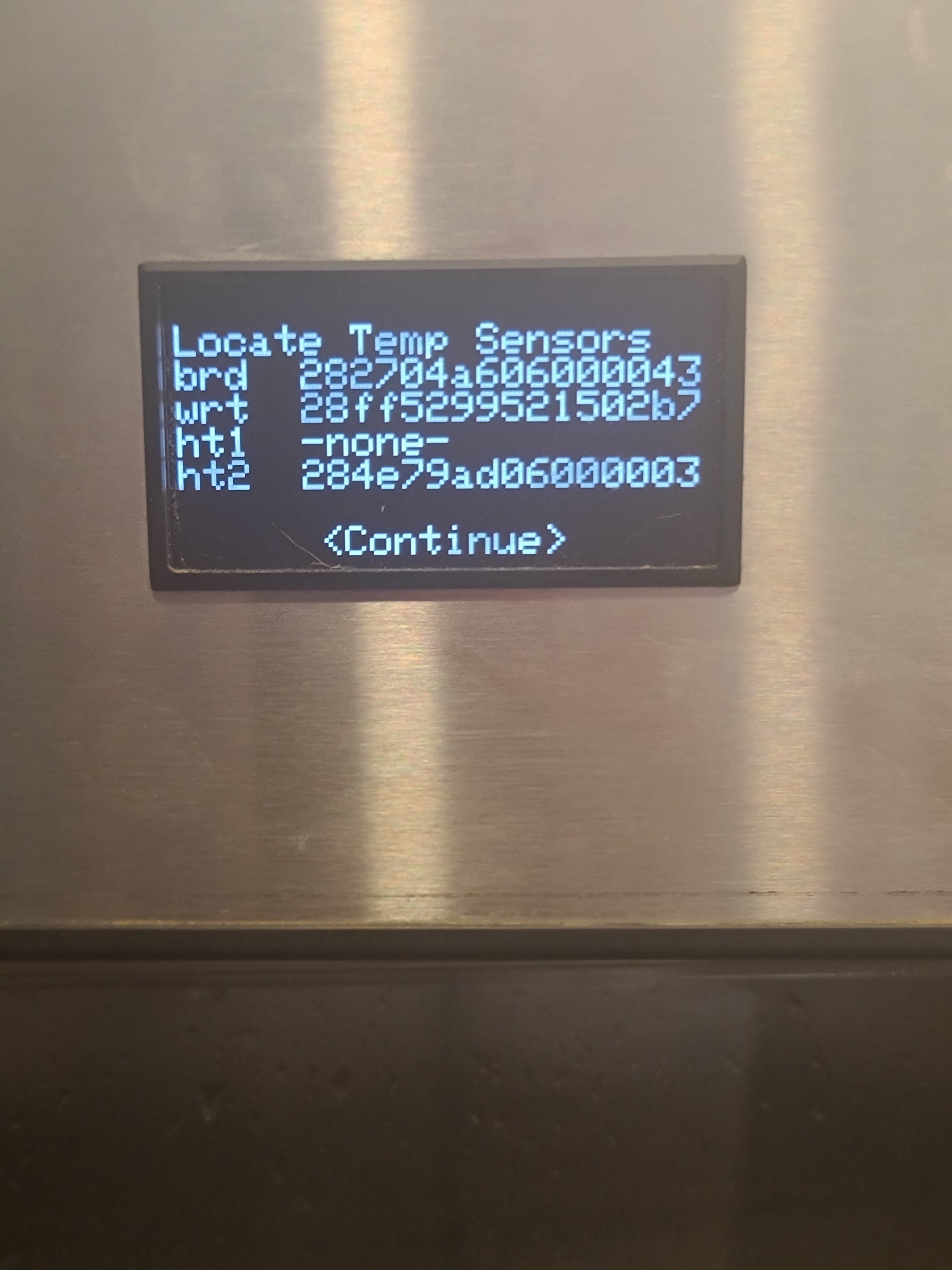View attachment 706796View attachment 706786View attachment 706789View attachment 706790
View attachment 706794
On Facebook “Picobrewer” Z owners are experiencing Error 6. It does not seam to be known yet I believe that it is just the Z’s version of the Zymatic “Error 1”. Basically, the machines are over heating due to a flow issue in the heat exchanger and/or low water in the heat loop. First, make sure the heat loop on the Z is topped of with distilled water. As for the Zymatic see Mike Howard’s Glycol top off procedure. The cause for pore flow on the Z is the heat exchanger gets build up and scaling.
It is basically in issue that Pico Brew tried to solve yet possibly failed to do so.
Mike Howard did tremendous work in identifying and solving the Glycol Loop issue. I believe one area of improvement upon his modification is to flip the Heat exchanger so that the Glycol loop is on the top ports as to allow air bubbles to escape, and beer loop is on the bottom so that sticky wort (beer) can fully be drained and cleaned away. If not otherwise, wort residue builds up in the heat exchanger. (See 5th picture)
How the Z is designed only exacerbates the Issue of Wort (beer) not being able to full drain and be cleaned out of the heat exchanger. The Heat exchanger needs to be mounted on its side with the beer loop on the bottom and heat loop on the top just like the Zymatic. You can easily do so with Zip ties. The “Error 6” for many machines are caused by restrictive flow in the heat exchanger due to wort build up!
Once you do the modifications, the final and ongoing solution is to build a basic cleaning vessel. I believe a basic Masson Jar is cheep and effective.
The 1st and 3rd pictures are Option 1 for a Zymatic or Z: Place the long hose into the return (inlet) , and place the jar under the bypass.
The 2cd & 4th pictures is a second option a Zymatic or a Z. (Update second option for Zymatic at the bottom of the post)
For Option 2 design for a Z, place the long hose into the return on the bottom of the machine (inlet) and the short hose in the out port of the Z on the ceiling.
This should resolve the issue of not being able to use stronger cleaners that will breakdown protein build up such as PBW , Oxi-clean, Beer Stone Remover; as the stronger cleaners can destroy the plastic Step filter.
You simply run a modifid “clean cycle with PBW” on a heated bypass of 150F for 30 minutes, then run a regular rinse with water only.
Also imagine how much more sanitary your machine will be !
If someone would source a “Pyrex Glass Step Filter” non of this would be an issue!
I hope this helps! Please share to the Facebook guys if you like.
View attachment 706797
P.s adding a piece of hose to the rotating arm will help with splashing. You can even make the option like Picture # 2 above for the Zymatic (sealed).
Cheers !










































![Craft A Brew - Safale S-04 Dry Yeast - Fermentis - English Ale Dry Yeast - For English and American Ales and Hard Apple Ciders - Ingredients for Home Brewing - Beer Making Supplies - [1 Pack]](https://m.media-amazon.com/images/I/41fVGNh6JfL._SL500_.jpg)


















